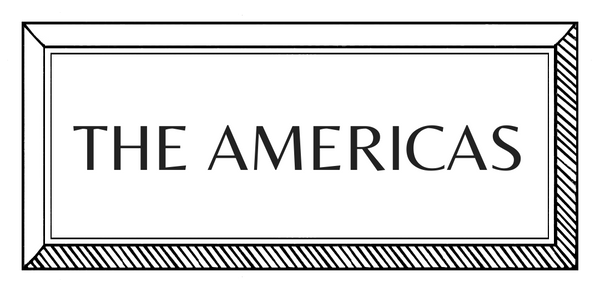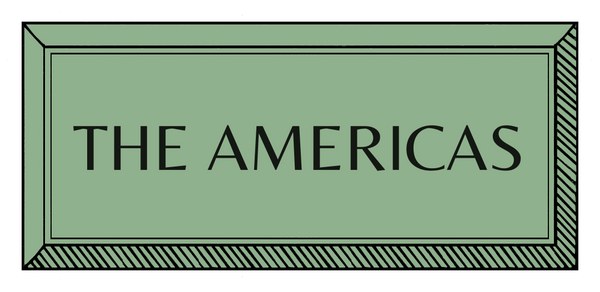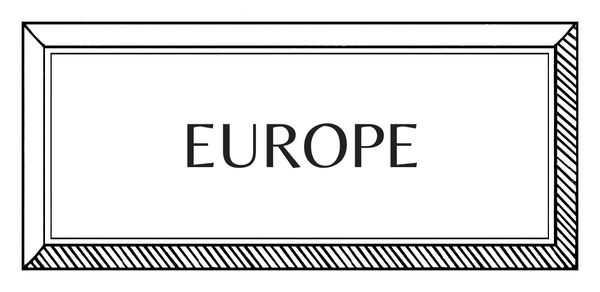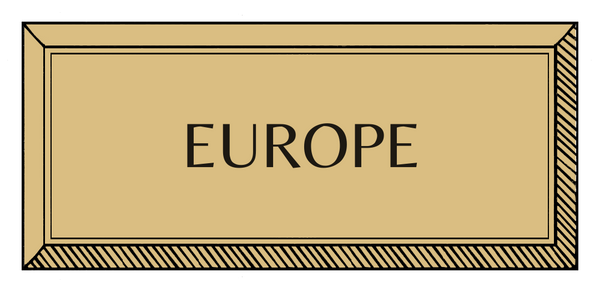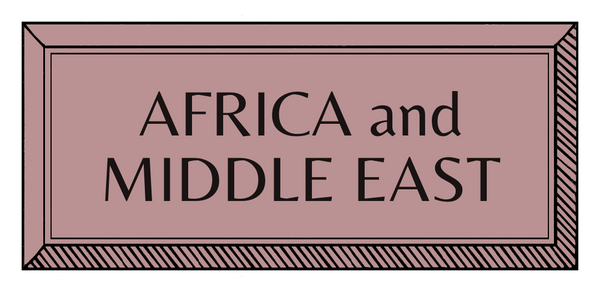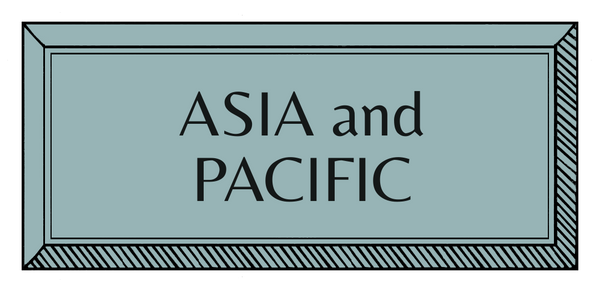MAKERS | EUROPE | BELGIUM | WOODWORKING
Daniel de Belder | Woodworker

Amidst the centuries-old arboretum at Hemelrijk, Daniel de Belder transforms salvaged timber into distinctive wooden artworks, each infused with his family’s legacy of horticulture and craftsmanship. Situated on the Belgian-Dutch border, his atelier celebrates nature’s organic bounty, rooted in a deep connection to his family’s land and the storied trees that flourish there. Daniel reflects on his creative process, his respect for natural forms, and the inspiration he draws from wood's intricate grain and texture.
How did you begin?
“It is a never-ending journey as one keeps on letting oneself be inspired, experiment, and learn ceaselessly. Being allowed to roam and play without constraints from my parents Arboretum from the age of a toddler and ever after has been instrumental in enabling me to develop a creative process.”
“It is very satisfying to unlock the potential of an organically shaped piece of wood, regardless of shape, size or tree species, may it be a branch, trunk or even a root. You mention serendipity; it certainly comes in when expressing an idea strays and produces an outcome entirely different from the initial plan. By its own account, it leads to new ideas and inspirations, boosting creativity.”
How did you learn?
“Many techniques involve lumbering with forestry machinery, shaping with saws and hand tools, finer finishings with organic oils or beeswax, or simply submerging in water or open-air weathering. Hearsay and observations are my way of picking up techniques and, perhaps most importantly, experimenting. Formal training has its advantages but, in a manner, imposes limitations on expression.”

Daniel de Belder's beautiful workshop at his home just outside Antwerp © Isabel Bronts
How do you plan, prepare and execute your works?
“The creative process takes shape by tossing and turning possible outcomes, not necessarily solutions. This can be instantaneous or take more than a decade. Once I start the plan taking shape in my imagination, it is put into action without the intermediate step of a detailed plan. In some cases, a rough sketch will do. Often, too, a partially worked on object is set aside for later completion, for practical reasons or to allow the plan to ripen further.”
Who or what most influences your work?
“The infinite beauty and endless variability of nature. This spans the mass of the material (in the sense of density, weight and volume) to the more ethereal play of light, the fleeting aromas or changing hues caused by weathering.”
Are there any themes running through your work?
“One theme I can think of is a consequence of having had formal training in diamond polishing in which a highly rigorous approach to weight conservation or waste minimalisation is of primary concern out of respect for the very rare and precious material. Another theme, none less of relevance, is to keep the pleasure of the senses unhindered. Touch, smell, sight, sound - even radiation (I refer to the infrared range of the radiating warmth of wood) should be perceived. Paint, varnishes or sealants are thus entirely avoided. Instead, we use natural oils that penetrate the wood fibres or beeswax that give a wonderfully soft sheen, or none other than an occasional cleansing with a linseed-based soap solution.”

Daniel examining his finished sculptural pieces © Isabel Bronts
What does a typical day look like?
“Other than the final finishing, I often work outdoors. There is no day I can call typical, but I do tend to rush outside whenever time permits, regardless of season or weather. Also, I would have several projects running simultaneously unless there is a deadline. I tend to avoid deadlines because of the constraints, and the effect this can have on the creative process - yet equally, it can lead to new challenges, leading to new inspirations.”
The joys and challenges of your vocation?
“The creative process is a highly satisfying one. It starts with inspiration, which one can get from a snippet of a conscious dream, looking at a detail of an old master painting and a myriad of other things. To be inspired in this manner is enjoyable enough by itself. Gestating an idea adds a step of joy.
"However, carrying through the creative process in executing an idea is the most rewarding part. The agreeable feeling of ability, the pleasure in experiencing the end product. Expressing an idea also liberates brain space for new ideas.”

Daniel's inspiration? “The infinite beauty and endless variability of nature." © Isabel Bronts
An object you’ll never part with?
"I often feel like Pygmalion, falling for the piece I have made. Sometimes, this piece is so odd or unconventional that it may take for this to occur. But whichever the case, investing time and putting love into your work means you eventually become attached to it. Wisdom has taught me over time that, like ideas in the head that need refreshing, the atelier lives by the movement of the objects it contains. Provided the pieces find the right setting to the liking of its new owners, I can live with parting with them because it feels right."
A place or space that really inspires you?
“On visiting the Noguchi Museum in Mure (Shikoku, Japan) in 2010, I realised that if he is an artist, so am I. I felt a total affinity for his unfinished or barely sculpted rough stones, and I appreciated and identified with his creative process. But here again, places that inspire are endless and not limited to places; a play of evening sunlight through rustling foliage can be just as much worth perceiving. And above all else, home is the place we live in."








